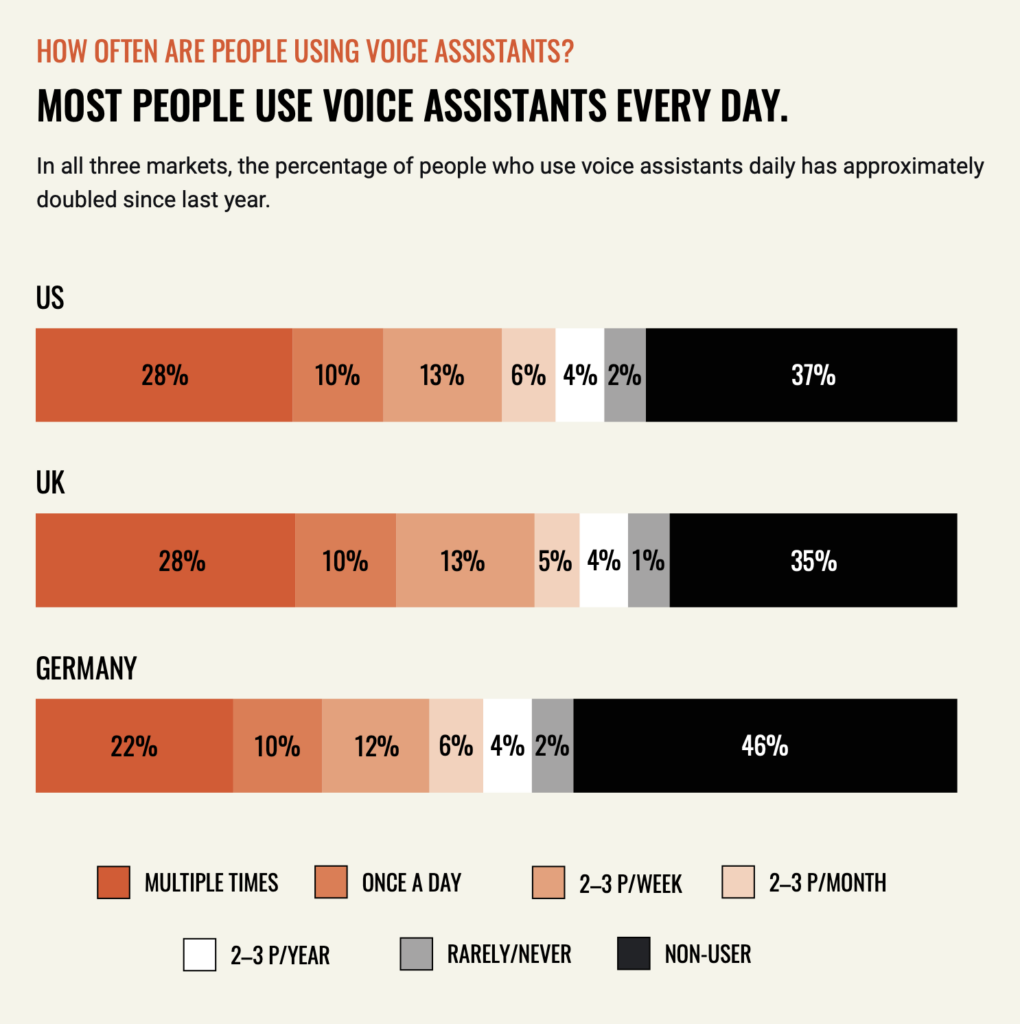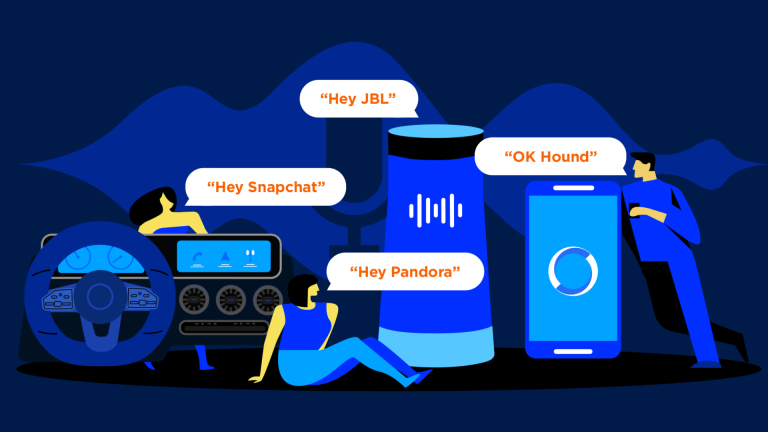
How Conversational AI Satisfies Customers’ Appetites at QSRs
QSRs and fast-casual restaurants are uniquely poised to offer customers exceptional service through conversational AI across a variety of devices, especially when accuracy and speed are at the forefront of expectations.












